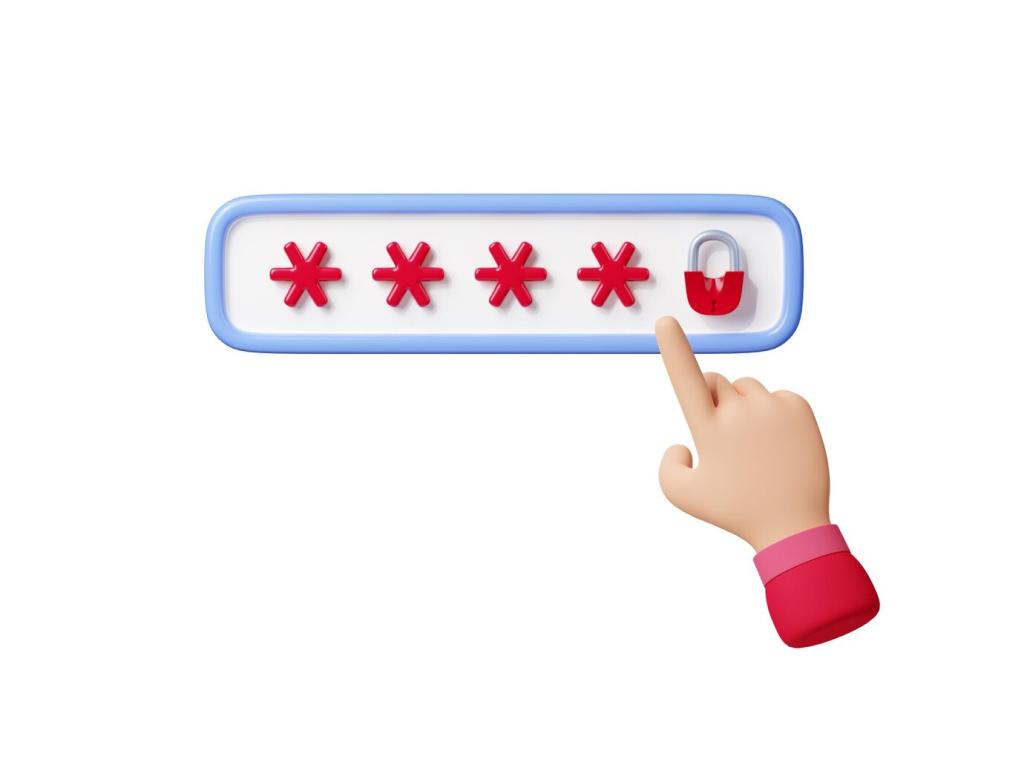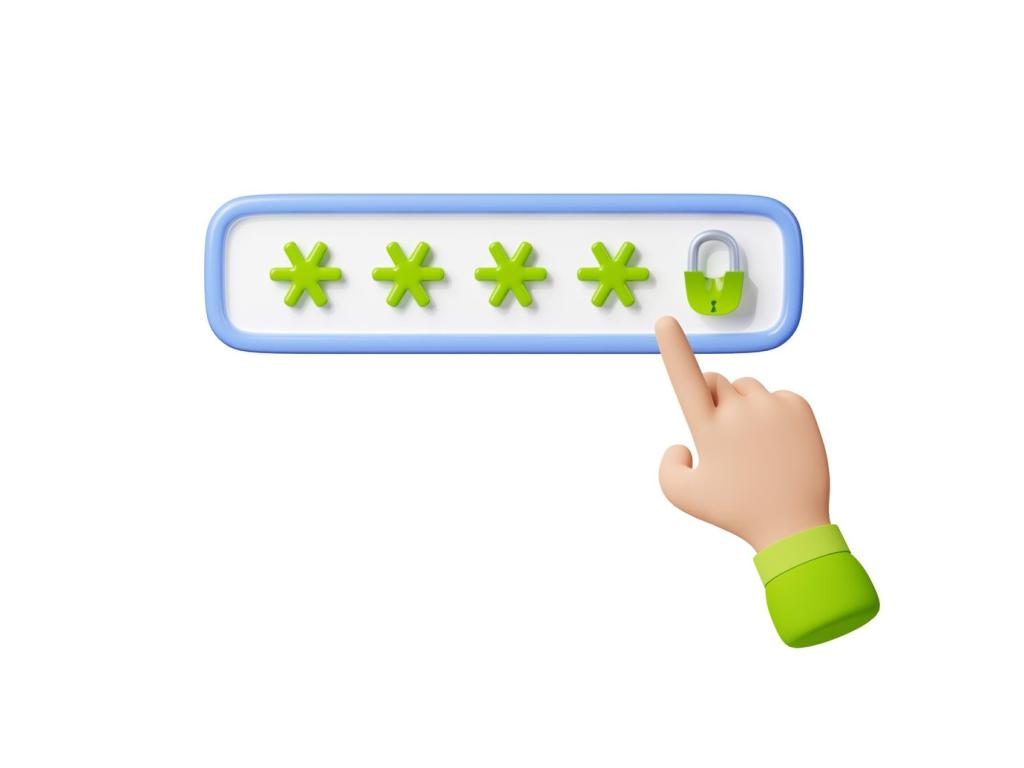Privacy by Design in the Product Lifecycle
Add data classification tags to stories, require purpose statements, and include acceptance criteria for telemetry. In code reviews, check logging, error messages, and redaction. Celebrate pull requests that remove unnecessary personal fields. How do you surface privacy in your SDLC? Share your tactics.
Privacy by Design in the Product Lifecycle
Replace wishful calendars with TTLs, lifecycle policies, and vault purges. Align legal retention with technical deletion, including backups and search indexes. Instrument dashboards that show aging datasets. Tell us which automation cut your storage risk without breaking reporting.








